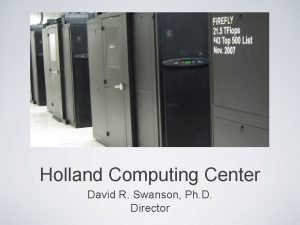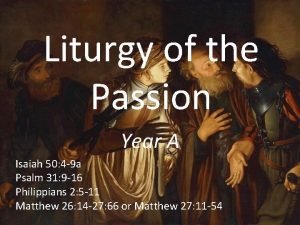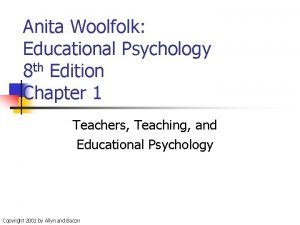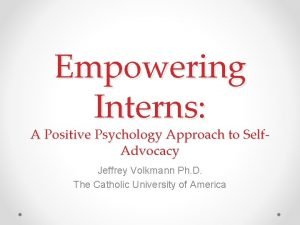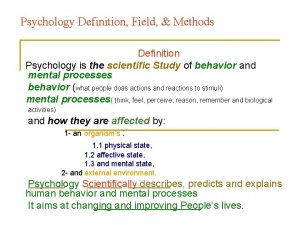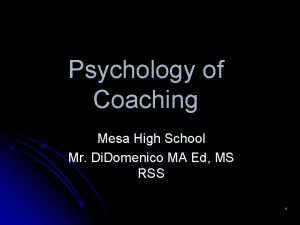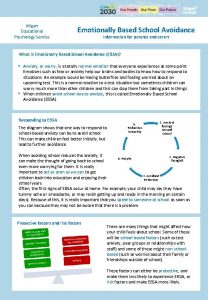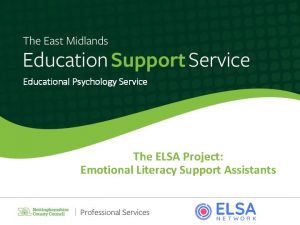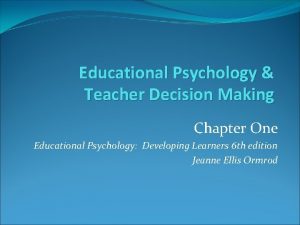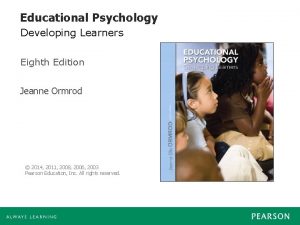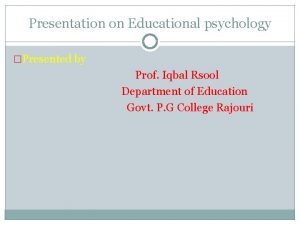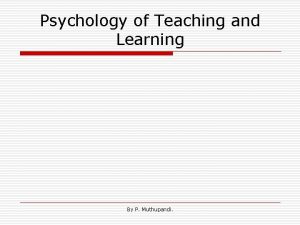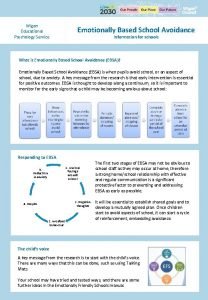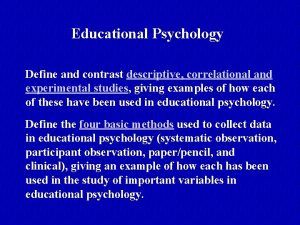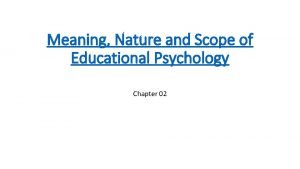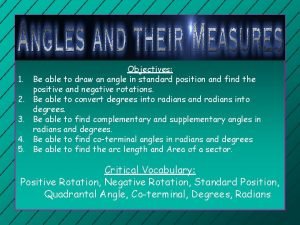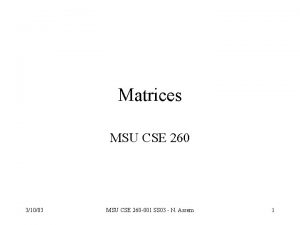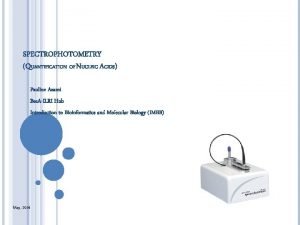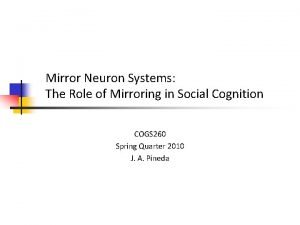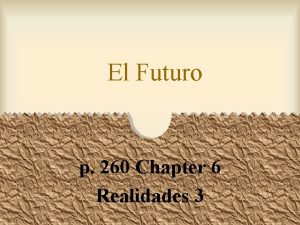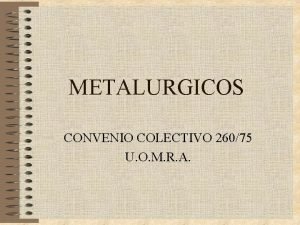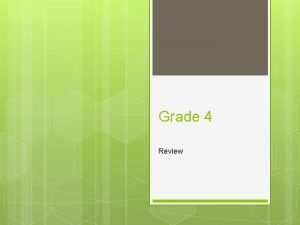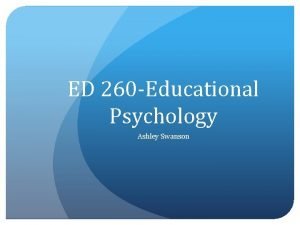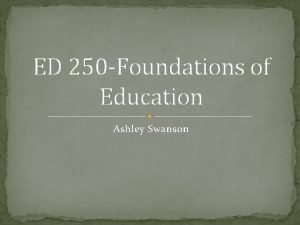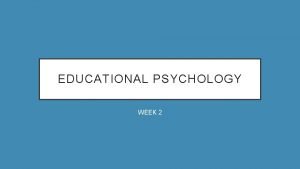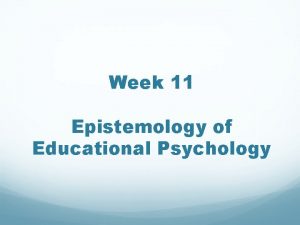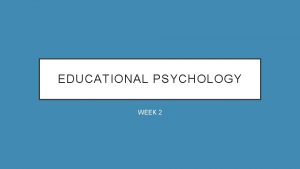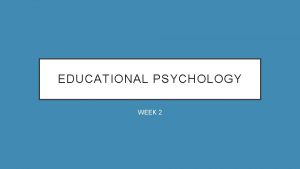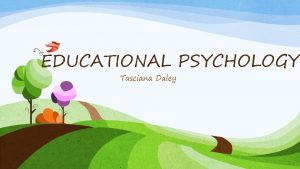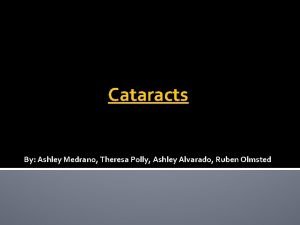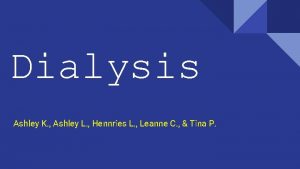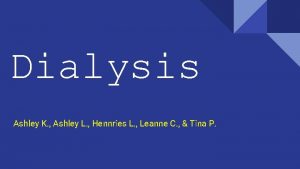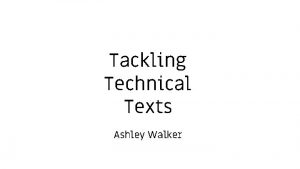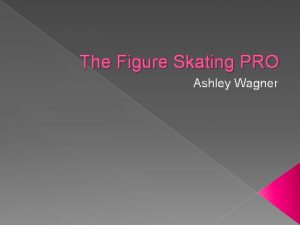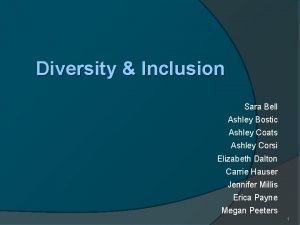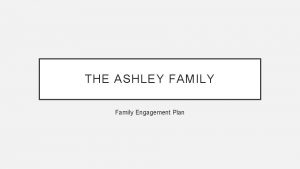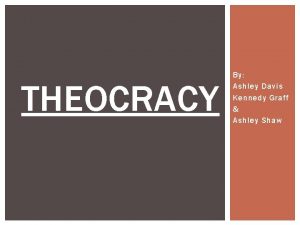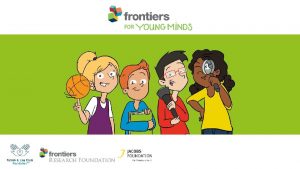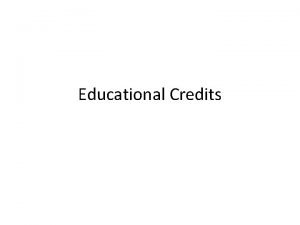ED 260 Educational Psychology Ashley Swanson This Weeks


































- Slides: 34

ED 260 -Educational Psychology Ashley Swanson

This Week’s Topics Module 22 -Intelligence Module 23 -Giftedness and Creativity

Module 22 - Intelligence

What is intelligence?

Classical vs. Contemporary Views Classical Two factor theory of intelligence General mental ability Specific skills Contemporary Gardner’s Theory of Multiple Intelligences (Howard Gardner) Sternberg’s Theory of Successful Intelligence (Robert Sternberg)

Theory of Multiple Intelligences We have 8 intelligences Each intelligence is independent of one another, but they work together for different activities Linguistic Logical. Mathematical Spatial Bodily. Kinesthetic Musical Interpersonal Intrapersonal Naturalistic

Image source: http: //www. connectionsacademy. com/blog/posts/2013 -01 -18/Understanding-Your-Students-Learning-Style-Theory-of-Multiple-Intelligences. aspx

Enota Multiple Intelligences School in Gainesville, Georgia Video: http: //www. edutopia. org/multiple- intelligences-immersion-enota-video Multiple Intelligences Theory Quiz: http: //www. edutopia. org/multipleintelligences-learning-styles-quiz

Theory of Successful Intelligences Defines success as: the ability to succeed in life finding ways to effectively balance analytical, creative, and practical abilities

Theory of Successful Intelligences Individuals who are successfully intelligence find ways to balance the strengths and weaknesses in their: Analytical abilities Creative abilities Practical abilities

IQ Tests Individually Administered Tests Determine eligibility for gifted programs Identify intellectual and learning disabilities Group Administered Tests Make decisions about instruction Place students in groups based on ability

IQ Tests Challenges in interpreting IQ: Different tests use different subtests IQ score indicate performance at the time of the test Performance on IQ tests can change over time with increased education Validity

Factors Effecting IQ Environment Socioeconomic status Ethnicity Gender

Environmental Factors: Responsiveness of parents (emotional and verbal) Parent involvements Availability of resources Supporting Studies Hart and Risley, 2003 Abecedarian Project Flynn Effect

Socioeconomic Status When SES is defined as parent income, occupation, and educational level, children from higher-SES families tend to have higher IQs than students from lower-SES families Home environment and SES go hand-in-hand When children come from a home environment where parents value education, home environment is a stronger predictor of IQ than SES

Race & Ethnicity IQ differences between racial and ethnic groups are more the result of environmental and SES influences, than race or ethnicity Differences may be a result of stereotype threat

Gender No major differences are found in overall performances on IQ tests based on gender “Males are better at math”-research shows that the gender differences in math are small to nonexistent

Incorporating MI Theory into your Classroom Multiple intelligences can be applied on a school-wide basis or within individual classrooms When implementing in individual classrooms teachers should introduce content in more than one way Table 22. 3 (page 412)

Incorporating Successful Intelligence Theory into your Classroom Using instructional approaches that focus on analytical, creative, and practical learning Table 22. 4 (page 414)

Incorporating Successful Intelligence Theory into your Classroom Developing successful intelligence: Balanced instruction Be aware of individual differences Give students opportunities to shape their environment by providing different activity choices Zone of Proximal Development Automaticity of information-processing skills (math and reading)

Module 23 - Giftedness and Creativity

Giftedness: A unique trait characterized by high achievement in one or a variety of domains

Giftedness is a combination of three general characteristics (Renzulli): Above average ability High level of commitment or passion for a specific task High level of creativity

Image borrowed from: http: //www. thestrengthsfoundation. org/the-strengths-companion-g-is-for-giftedness/slide 2 -325

Characteristics of Gifted Students Have above average ability in a specific subject or overall Require less direct instruction High level of intrinsic motivation Process information more efficiently Use strategies and monitor learning more efficiently

Identifying Gifted Students IQ tests are the main tool for identifying giftedness Students whose IQ scores are in the top 1%-2% are usually identified as gifted Downfall to using IQ scores as the determining factor is bias

Identifying Gifted Students Current research supports the federal guidelines’ multifaceted approach to identifying giftedness: Perform in the top 15%-20% in a certain subject Display creativity, task commitment, special talents, strong motivation Selection committee

Teaching Gifted Students Accelerated instruction Skipping grades Providing above grade level instruction Cross-grade grouping Enrichment Curriculum Compacting

Creativity: Various traits or skills that help an individual think differently and generate new ideas or products.

Creativity is a gradual process that requires four stages: Preparation Incubation Illumination Verification

Characteristics of Creative Students “Outside the box thinkers” Prefer challenge and are not afraid to take risks Domain relevant knowledge Intrinsic motivation

Identifying Creative Students Creativity checklists (Ex. 23. 3 pg 426) Evaluating work samples Torrance Tests of Creative Thinking Asking questions Product improvement Unusual uses Circles

Fostering Creativity in the Classroom Teacher attitude Encourage creative expression Teaching strategies Help students distinguish between activities which require convergent thinking and activities where divergent thinking is acceptable Allow students to explore their interests Classroom activities and assignments Offering assignments that allow students to be creative

Main Sources: Bohlin, L. , Durwin, C. C. , & Reese-Weber, M. (2009). Ed. Psych: Modules. New York: Mc. Graw-Hill
 Skip swanson
Skip swanson Holland computing center
Holland computing center What is liturgy
What is liturgy Madeleine leininger kuramı
Madeleine leininger kuramı Anita woolfolk educational psychology
Anita woolfolk educational psychology Conclusion of educational psychology
Conclusion of educational psychology Psychology definition
Psychology definition Educational sport psychology specialists
Educational sport psychology specialists Emotionally based school avoidance
Emotionally based school avoidance Educational psychology
Educational psychology Discuss briefly the nature of educational psychology
Discuss briefly the nature of educational psychology Teaching practice chapter 1
Teaching practice chapter 1 Ormrod educational psychology
Ormrod educational psychology Educational psychology conclusion
Educational psychology conclusion Definition of education psychology
Definition of education psychology Educational psychology
Educational psychology Wigan educational psychology service
Wigan educational psychology service Define educational psychology
Define educational psychology Definition of educational psychology
Definition of educational psychology Cie
Cie 260 degrees in standard position
260 degrees in standard position Amy gottfried umich
Amy gottfried umich Cse 260 msu
Cse 260 msu 260/280 ratio
260/280 ratio Mirror neurons location
Mirror neurons location 640 en yakın yüzlüğe yuvarlama
640 en yakın yüzlüğe yuvarlama El futuro (p. 260)
El futuro (p. 260) English settlements in america
English settlements in america Ucas old tariff
Ucas old tariff Reishauer rz 260
Reishauer rz 260 260/75
260/75 680 705 in expanded form
680 705 in expanded form Hamlet act 5 scene 1 line 260
Hamlet act 5 scene 1 line 260 Ed 260
Ed 260 Msu cse 260
Msu cse 260

